Coco Chanel’s fashion legacy lives on. A new exhibition examines why
- Oops!Something went wrong.Please try again later.
- Oops!Something went wrong.Please try again later.
“Well, I’m obviously a great fan of the little black dress,” quipped Tristram Hunt, director of London’s Victoria and Albert Museum, when asked about the appeal of “Gabrielle Chanel. Fashion Manifesto” — the institution’s latest blockbuster exhibition. Staged with fashion-boutique-like gloss, the show is a UK first on the famous couturier who built one of the world’s most successful fashion brands: At the end of 2021, Chanel employed nearly 28,500 people worldwide.
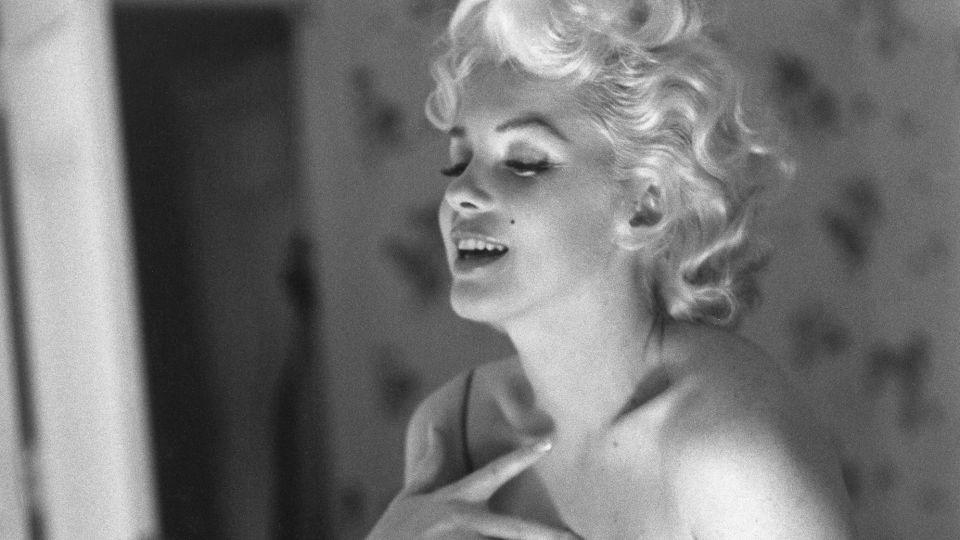
Bringing together pieces from V&A’s collection, the Palais Galliera fashion museum in Paris and the Patrimoine de Chanel (the heritage collections of the fashion house), it features some 200 outfits in total. The display starts with a collared blouse dating from 1916. Made from fine-gauge silk jersey, it is one of the earliest surviving Chanel garments. It then moves on, through 1920s drop-waist day dresses to 1960s “evening pajamas” (tailored trouser ensembles in brocade and lamé) via a two-tier room of the brand’s emblematic skirt suits; before ending with pieces from Chanel’s final collection of 1971.
“A lot of the early pieces are over 100 years old, and it’s amazing to see how relevant they are to today,” show curator Oriole Cullen told CNN in an interview. Cullen singles out the show-opening 1916 tunic for its chic wearability. “It’s the garment that really launched Chanel’s career in fashion. It’s so simple, so streamlined, and, of course, made from her famous jersey fabric.”
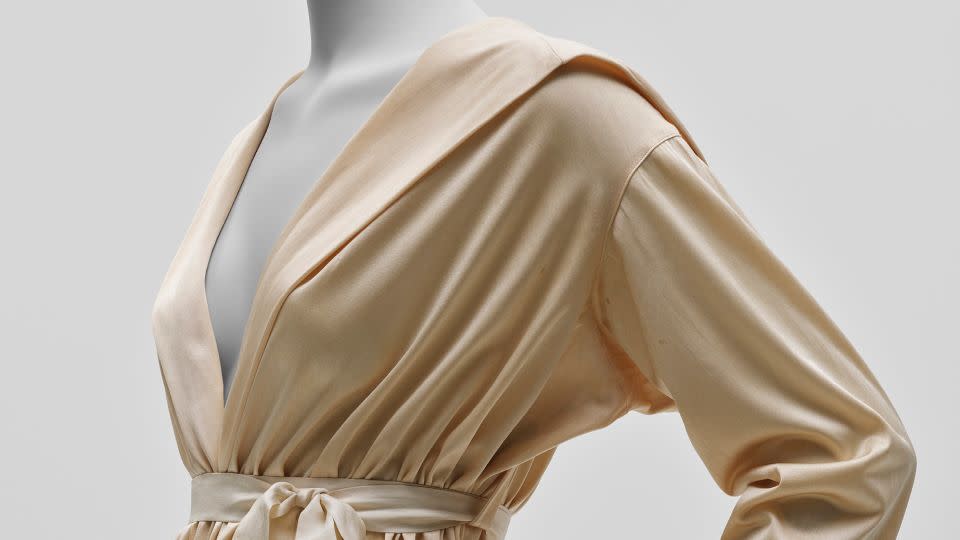
Chanel’s focus on comfort and freedom of movement in fashion was pioneering and instantly popular. In 1926, American Vogue described her little black crepe de Chine day dress as “the Chanel ‘Ford’, the frock that all the world will wear”, and it became “synonymous with the modern woman in the jazz age, with independence, strength and resilience”, said Justine Picardie, author of “Coco Chanel: The Legend and the Life”, in a phone interview with CNN. “An unique aspect of Chanel as a designer is that her clothes were so radical in their innovations at the time when she launched them, and yet they look so timeless.”
But the reason that this biopic of a museum show has swiftly sold out (although members can still access without booking) is because it resonates beyond the world of fashion. For Hunt, “Chanel’s transformation of the boyish, garçonne look and her interplay of gender identities in the early 20th century seems so modern. She was a remarkable woman, and the account of her life is very much part of the story of the exhibition.”
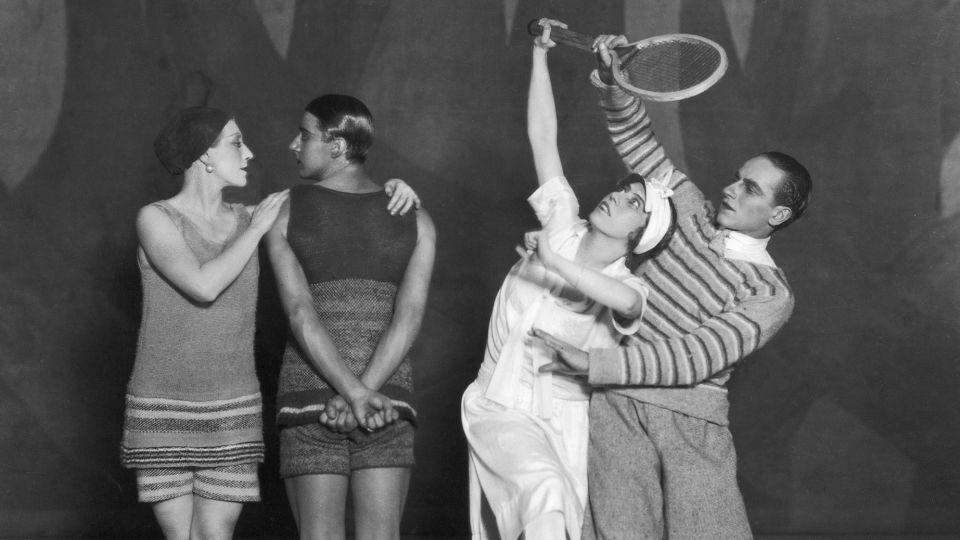
From humble beginnings
Gabrielle “Coco” Chanel was born in 1883 in a hospice for the poor in Saumur, western France. At the age of 11, her mother died and she was placed by her father in a convent orphanage in the village of Aubazine. “She had such a traumatic childhood; she never saw her father again after he abandoned her,” said Picardie, who stayed at the Aubazine convent during the research for her book. “But throughout her life she turns her grief into something powerfully creative.”
Thus, the influence of the nuns black and white habits can be seen in her many monochrome ensembles. And later, the little black dress emerges from a period of “bereavement and sorrow, after the death of Arthur ‘Boy’ Capel (an English polo player), the first great love of her life, who dies at the end of 1919”, said Picardie. “Chanel is one of those designers that can access not only her own emotions, but our emotions too; her experiences of love and loss, of trying to find strength and self-expression are universal – and I think that is what makes her designs, and also her perfumes, so resonant, so expressive, so powerful, so potent and so alluring.”
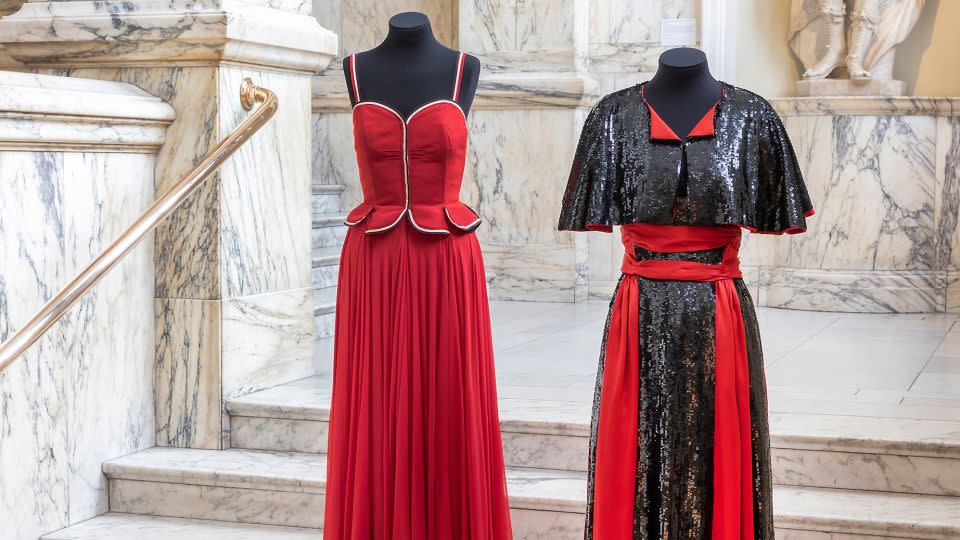
But before Chanel was a couturier, she was a milliner – and also proved herself a shrewd businesswoman and entrepreneur. She opened her first boutique on the rue Cambon in Paris in 1910, expanding to the well-heeled resorts of Deauville and Biarritz, and using the success of these ventures to launch her clothing line. It wasn’t long before she expanded again; in 1921 she launched her first perfume, the famous N°5, which went on to be the world’s best-selling fragrance. In the 1950s, when Marilyn Monroe was asked “What do you wear to bed?”, she replied “Chanel N°5.”
One room of the show is dedicated to “The Invisible Accessory,” revealing the striking modernity of Chanel’s vision with collections of the instantly recognizable bottles, as well as make-up and skincare products, also launched in the 1920s, and examples of her clever advertising campaigns. Other spaces display later emblematic launches: the still sought-after Chanel 2.55 handbag, her chic two-tone slingback shoes and a range of costume jewelry.
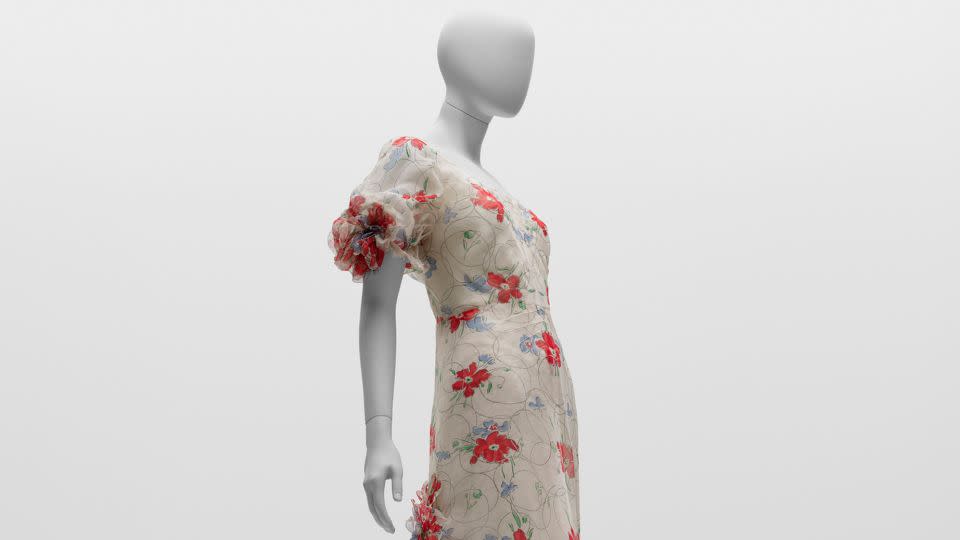
A particular joy is the kaleidoscopic room of suits: “In the 1960s, Chanel really embraces color and runs with it,” said Cullen of a selection that runs from chic sailor stripes — a style worn by actor Jeanne Moreau to the Cannes Film Festival in 1960 — to eye-popping tweeds. “She works with innovative textile designers to create these amazing fabrics in hot pinks and poison greens.”
The woman, the myth
Throughout, details of her personal life are detailed in biographical panels of text as well as photographs: Chanel with her lovers (including Hugh Grosvenor, 2nd Duke of Westminster) as well as with her friend Winston Churchill. When the latter was staying with Chanel and the Duke at Sutherland Estate in Scotland he wrote of Chanel: “She fishes from morning till night, and in two months has killed 50 salmon.”
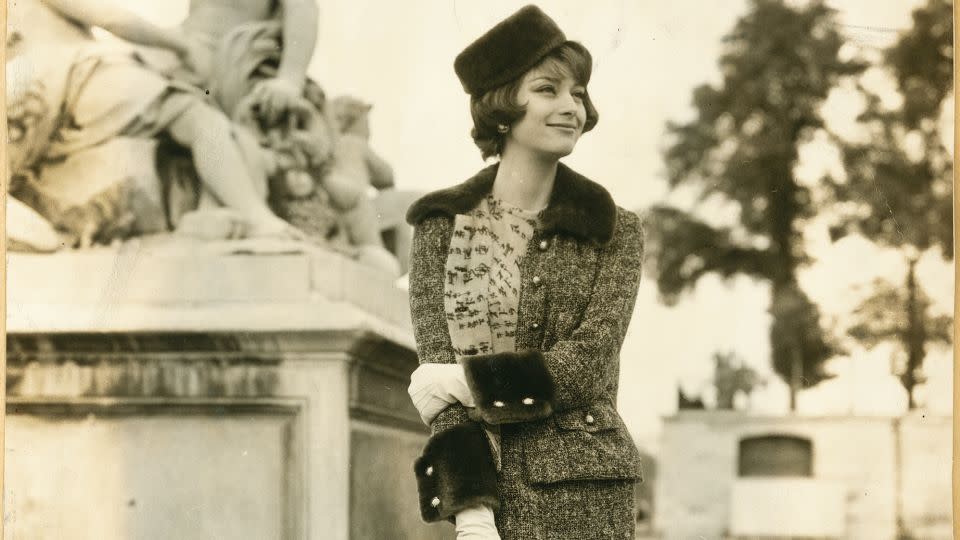
“I think that’s really important because Chanel’s clothing was designed for movement and activity,” said Cullen. “Before she started her career in fashion and was living with her lover Étienne Balsan, a horse trainer, she really embraces horse riding. She has little tailored breeches, and she’s riding astride — not side saddle like most women were at that time. Then with the Duke of Westminster, she plunges herself into hunting, shooting and fishing — and the wardrobes that go with them, the corduroys, tweeds and knitted jerseys.”
One area of Chanel’s life that has often been discussed is her wartime relationship with German embassy official Hans Günther von Dincklage. In July 1941, the Nazi authorities recorded Chanel as a trusted source. But newly discovered documents show that in 1943 Chanel joined the French Resistance as an occasional agent – research that is incorporated into both the exhibition and the new edition of Picardie’s biography.
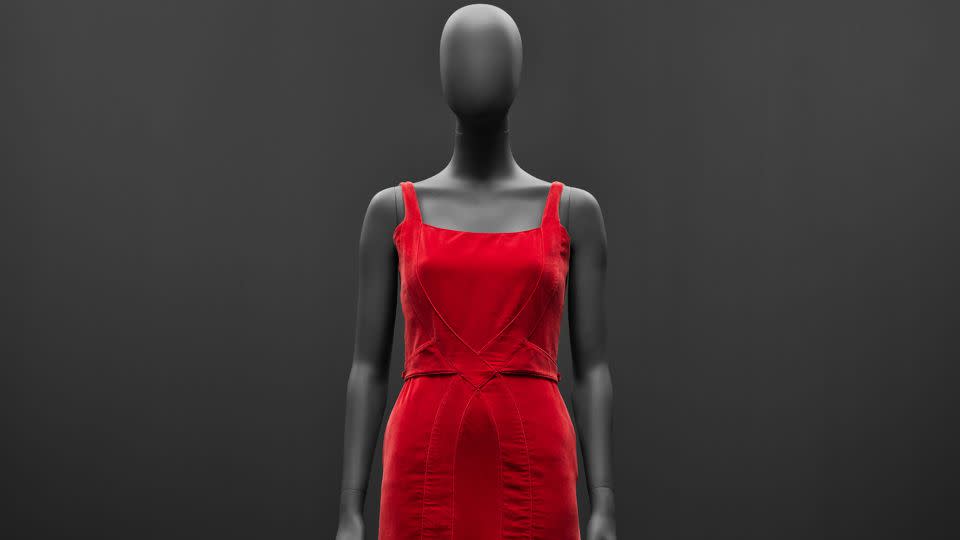
“There’s so much myth about Chanel,” says Picardie, whose research into Chanel’s life spans 25 years. “I’ve never seen her as a Nazi supporter, so when this document turned up showing that she was, in fact, a member of the French Resistance it adds, for me, the final piece in the puzzle.
“All too often people just look at the surface of fashion, but there can be no beautiful surface without understanding the hidden depths,” concludes Picardie, “and never is that more true than with a designer like Chanel, where the story of her life emerges through her designs.”
Gabrielle Chanel. Fashion Manifesto is at the Victoria & Albert Museum until 25 February 2024. “Coco Chanel: The Legend and the Life” by Justine Picardie is published by HarperCollins
For more CNN news and newsletters create an account at CNN.com

